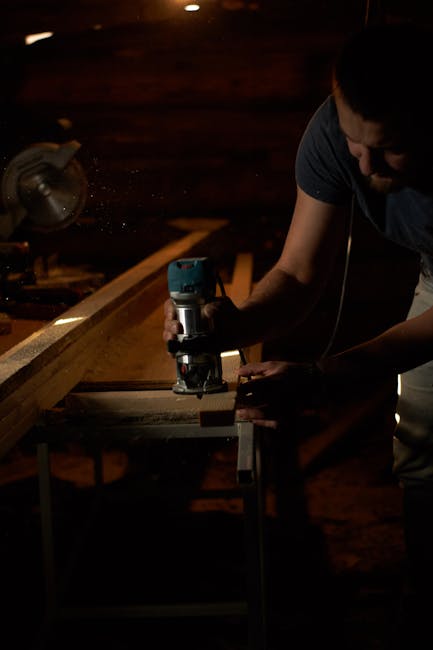Welcome back once again. This is Engels
coach and I'm Dave. Over the past few years a number of you have requested
that I would offer a line of merchandise that is so common to YouTube channels as
an avenue for you to help support this channel. Well, I have been reluctant to do
that because I'm really not into merchandising, that type of deal, but when we crossed the hundred thousand subscriber mark, I thought, well maybe it's a viable
option. So you may have noticed in last week's video, where I introduce Rick
Bischoff in the Luminary Shoppe, I included the link in the description of two
avenues that you can do that. So I just want to make it more of a public
awareness deal that we have done this.
And I will be including in the
description the links to access t-shirts, hoodies, mugs, and we have caps that are
being made, as a line of merchandise that allows you to help support the channel.
Well when I initially started this channel my goal and purpose was mainly
to demonstrate what I do. I wasn't really intending to teach what I do, but I have
put up a number of videos on steam bending wood and to my surprise they
have been fairly well received, with some of them going up over the million view
mark. Well in the number of videos I put up I have added little bits and pieces
of information here there, but they are kind of scattered throughout the
different videos, so I've decided to do one video and concentrate the top ten
reasons why I think bending wood for most people does not work. And if you can understand these ten principles I think you'll get wood to bend just as well as
I do. So this video is going through the steps
of bending some sheep wagon bows and I'm going to point out the ten reasons
usually you have a failure when you're trying to bend wood.
Well these top ten reasons are not
necessarily in order of importance, but just as they come through the process.
But the first thing I would mention is you cannot bend coniferous trees. They
need to be deciduous trees and a deciduous tree is a tree that has leaves
that shed every fall. A coniferous is an evergreen, needle style tree and that
type of wood will not bend. You can get it to warp and slightly curve, but
technically coniferous trees will not bend. Now because I live in the state of
Montana, and we are not really a hardwood state, I have to import most of my
hardwoods. Therefore, most of my hardwood is kiln
dried. Ideally, fresh, green sawn, or air dried lumber bends the best, but it is
not absolutely necessary. If you follow these ten principles you can even get
kiln dried to bend. I'm going through here, the process of trimming down these
bows to thickness.
I'm going to plane them to five eighths of an inch thick,
then I'll take them down to a two inch width. I also have a set mixed in here
that's going to be 5/8 thick by two and a half inch wide. These are the actual
bows that I'm going to demonstrate in the bend here. So once I've run these through the first
time, to make them more uniform, they aren't so uniform through the saw, then I
can start loading the planer up and increase the efficiency of the planing. Since these bows are going to receive a
canvas top I'm going to round over the corners before I bend these so that they
will not rub through the canvas. It's much easier to route these flat and
straight than it is after they're bent. Now the second reason why would
generally fails when you're trying to bend is because it has not been selected
for the straight enough grain. Steam bendable quality lumber is considered to
have less than one inch of a run-out for every 12 inches linear, so these here
with the curved, in them are actually a not ideal.

I'm not going to bend these for sheep wagon bows, but I'm going to bend these
for 38 inch covered wagon bows, for this section of the bowl will remain
straight and not be bent. Now the third reason why oftentimes steam bending
fails is because you don't have enough water in your boiler system to begin
with. You have to allow for absorption into the material and you have to allow
for loss. You also want to use fresh water. Water that is steamed or boiled
over and over again loses its wetness, so fresh water is ideal and I run about a
twenty five gallon capacity. About 35 years ago, when I started
experimenting and learning how to bend wood, I went through the procedures of
using natural gas, I used electric, I used camp stoves, but I have come down to use, in my area, coal as a foundation for my heat. So when I receive an inquiry
questioning why they're steamed bending doesn't work, one of the first issues
that I ask is, what is your heat source> Water may boil at 212 but you need to
take it up to about 260 degrees in order to get it to work effectively qhen
you're steaming, so for me coal works well.
Ehe fifth issue is not making your water
wet enough. The purpose of using a surfactant is to break the water surface
tension and allow penetration to increase. There are a number of different
styles, but over the years the most common use surfactant and steam bending is ammonia. And as woodworkers, we tend to build our steam tanks out of wood which
is counterintuitive, because you're trying to steam the wood and at the same
time you're steaming your box, so you need a steam box that is not made from
wood. Also very high on the list of reasons
why steam bending fails is because you cannot generate pressure. If you don't
have enough water volume, and you don't have enough heat source, you cannot
generate pressure, and you need about two hundred and sixty degrees in order to
obtain this three to four pounds pressure. These next two issues involved
the metal banding that needs to be on the outside of the wood, because wood
will not stretch, you have to compress wood in order to get it to bend, so you
need a metal band on the outside.
It doesn't have to be fancy, doesn't have to
be high tensile strength, I use eighth inch thick, mild steel banding and it
works just fine. Now green or fresh sawn lumber only requires one hour for every
inch thick when it's in the steamer under pressure. Kiln dried doubles that.
These bows are five eighths of an inch thick. I'm going to leave them in for an
hour and a half under pressure to get these to bend. Now combined with using a metal strap,
your lumber has to be contained. If it is a sharp, thick band, it has to be a
hundred percent contained. These bows are only five eighths of an inch thick.
I can
restrain the stretch by simply clamping the ends. If I chose bending three
quarters, or 1 inch thick, or thicker, I would put an angle iron end on my band
and absolutely not allow the wood to stretch. Now because all wood bending is compression, it takes a lot of strength, and a lot of power, to make those fibers
compress, so you can obtain your power by increasing your horsepower, or you can
increase your leverage. It takes one or the other. So hopefully this is a little more
concise in one video of the ten biggest reasons why I think most bending fails.
Now I have gone through lots of failures and I have found that these are the top
10 reasons why bending wood fails. Once again, thanks for watching.

